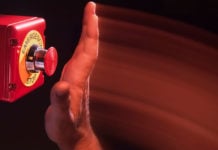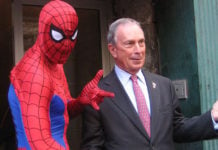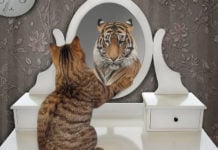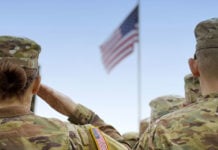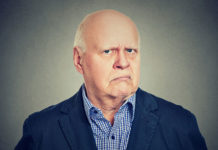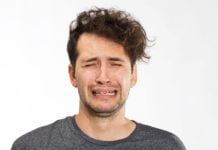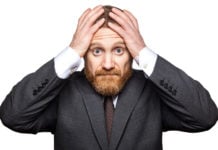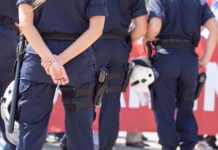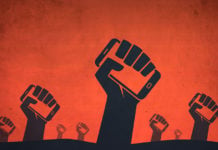Suppose you have a real “green thumb” and have a spectacular garden in your front lawn. Since public sidewalks are open to anyone-anyone can walk by on the sidewalk and enjoy the esthetically pleasing floral display. The people walking by are enjoying the benefit of the nice scenery, yet they didn’t help you plant or pay for the garden or anything, it’s a benefit that they get for free! This is a classic example of what economists call a Positive Externality.
Gun ownership is a lot like a flower garden, because it too produces Positive Externalities for society. Robert Heinlein’s famous adage, “An armed society is a polite society” is a simple way of saying the exact same thing! When more people have firearms to protect themselves, criminal behavior becomes more risky, as the chance of running into an armed victim increases.
Everyone wants to go about their daily activities in safety and will take actions to reduce any unacceptably high risks that they face. Even criminals whose daily activities include mugging and robbery don’t want to get hurt “on the job”. If their job becomes too risky relative to the reward, they may just find a more honest way of living.
1/3 of American households own guns, but not every member of those families is carrying a gun at all times. For the sake of argument, let’s say that any 1 in 10 of those people is carrying a gun, 33 out of every 1,000 people. If your “job” was mugging people to steal their money, your payout on average will be less than $50 per criminal act. As firearm ownership increases, we can model if a decrease in criminal behavior would result.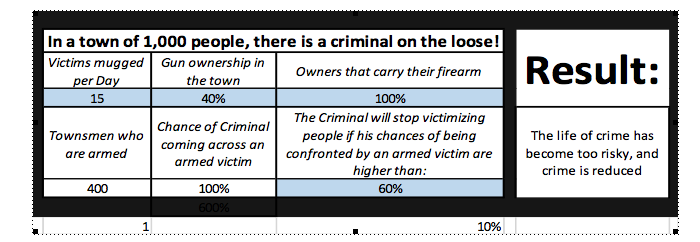
While a Game Theory model of criminality would take many more factors into account, it’s easy to see how society wide firearms ownership reduces criminal behavior by it more risky. Or, to make a long story short, “An armed society is a polite society!”

